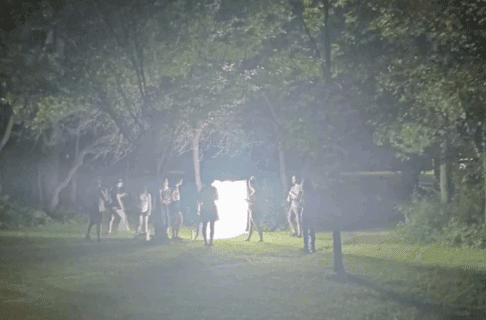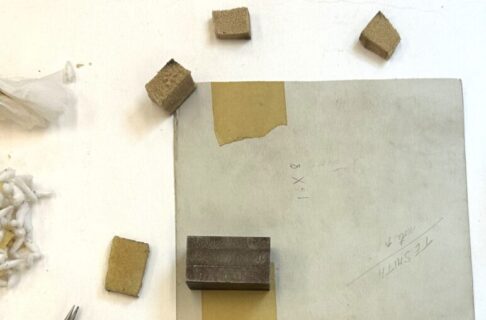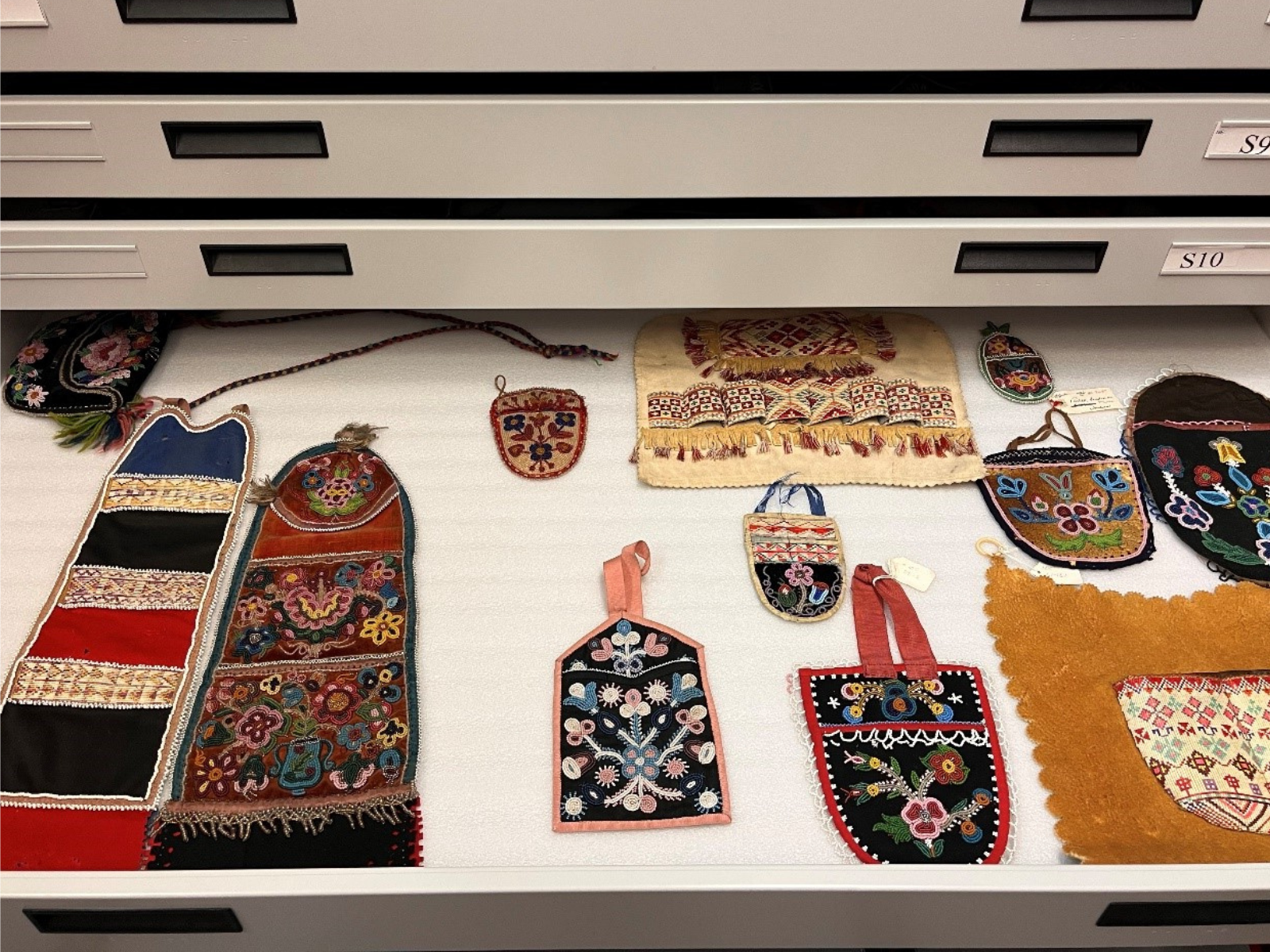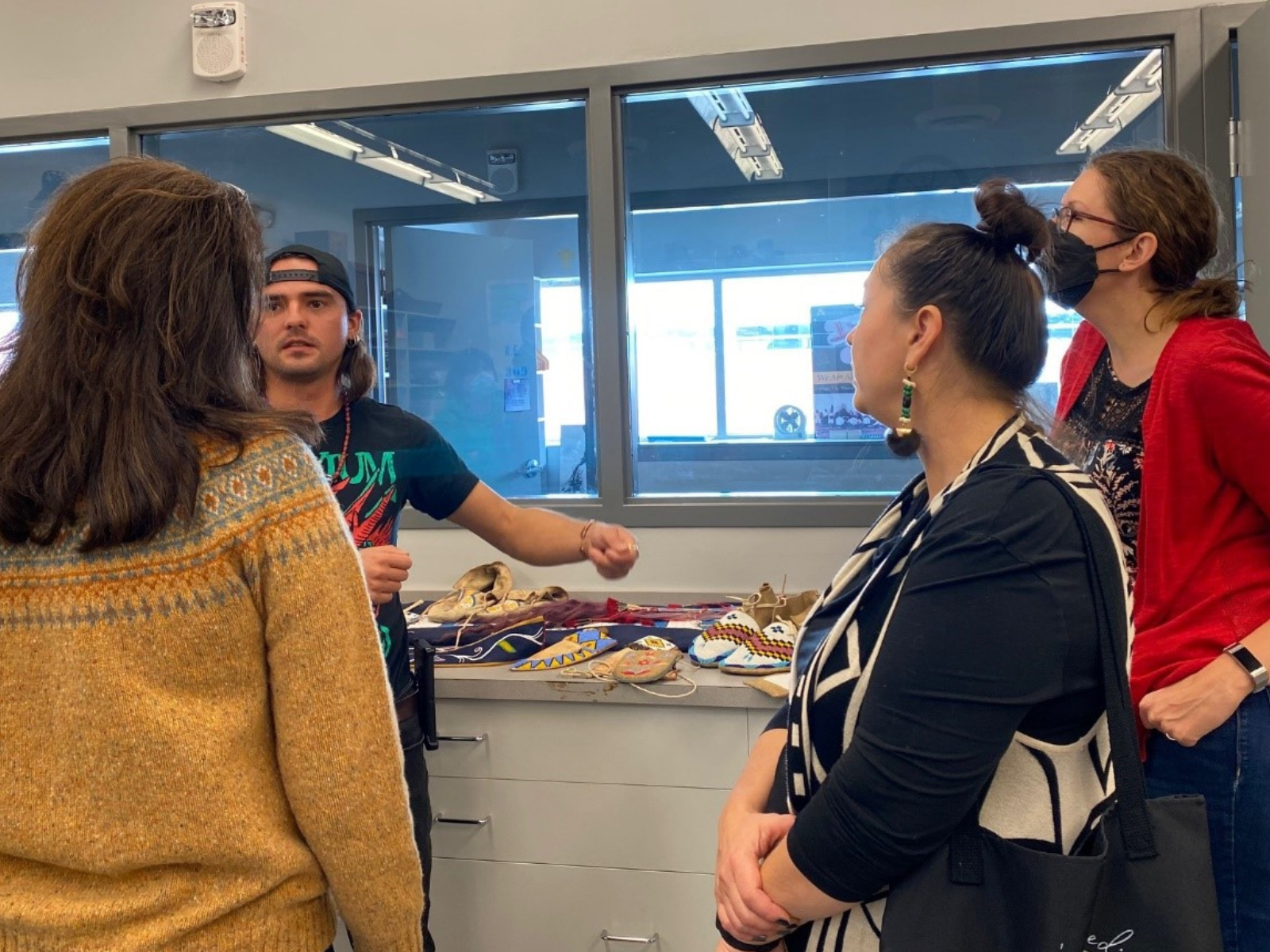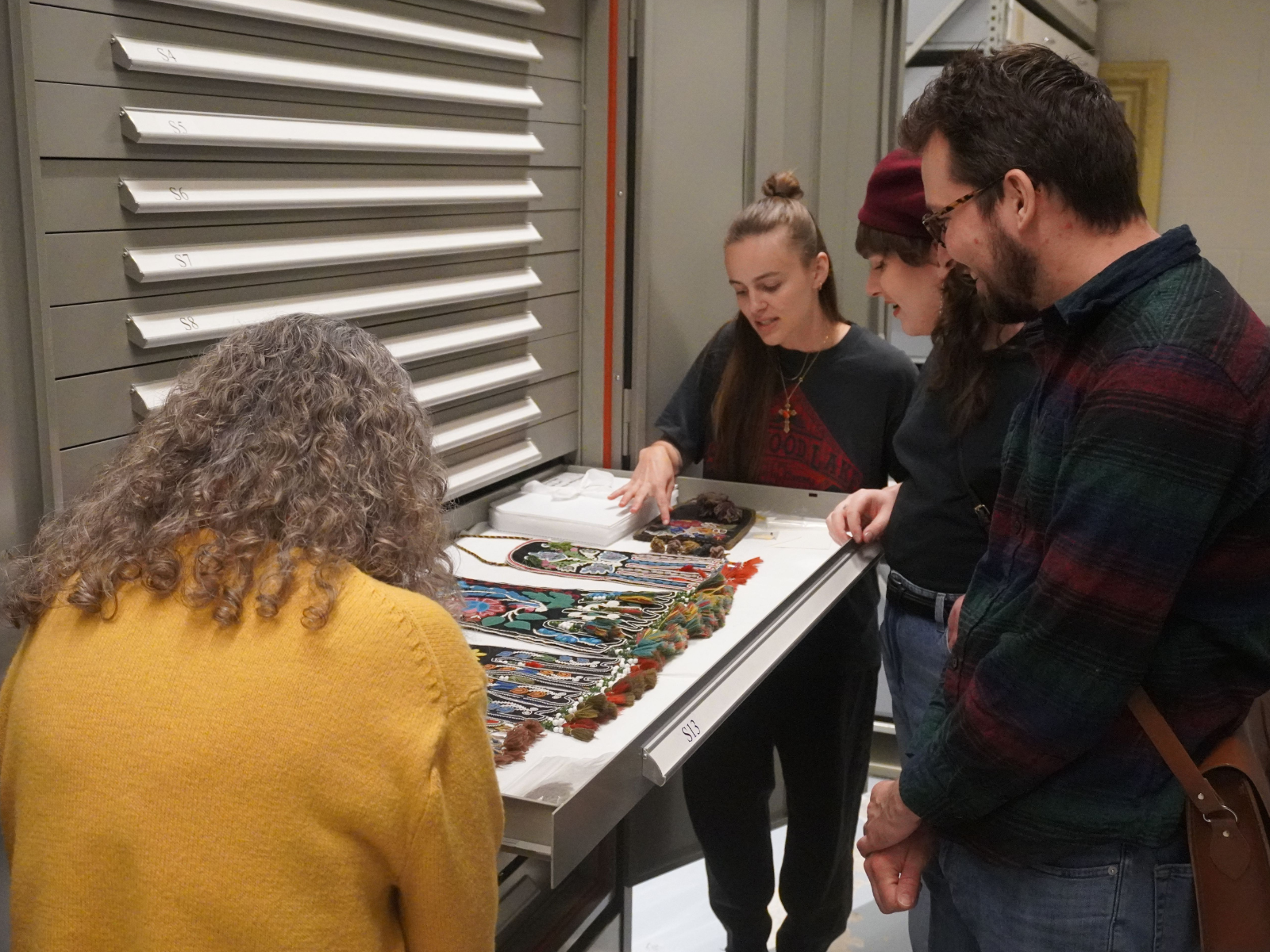When I inspected the drawer in question just ten minutes earlier, I had removed the lid to take a close look at the specimens inside before putting the drawer back into the cabinet. It seems that even this small amount of movement was enough to set the ageing adhesive’s failure into motion. Thankfully, no insect specimens were harmed in this incident, but storage equipment failures like this can pose a major risk to museum collections. If the glass had fallen at an odd angle instead of landing flat on the inner walls of the box, or if the glass had shattered on impact, many specimens could have been damaged. At the Museum, we have hundreds of entomology drawers, most of which are several decades old. Unfortunately, the adhesive that was used in their original construction those many years ago has been found to fail over time. While replacing the drawers would be costly and time-consuming, they can be fixed so long as the glass pane and wooden lid are otherwise stable. At the moment, about two dozen drawers have been identified as having loose or detached glass, so it’s high time to get caught up on some repairs!
When people ask me what I do as a Collections Technician, I tell them that a lot of my work could be described as “crafty odd-jobs that keep our specimens safe and stable”, and this is a perfect example! Before starting any repairs, I consulted with our Senior Conservator about which kind of adhesive should be used to replace the original glue. In this case, we went with a non-acidic silicone-based caulk. Once set up with the tools and adhesive, my first step was to remove the remnants of the original glue from the lid and the window.









